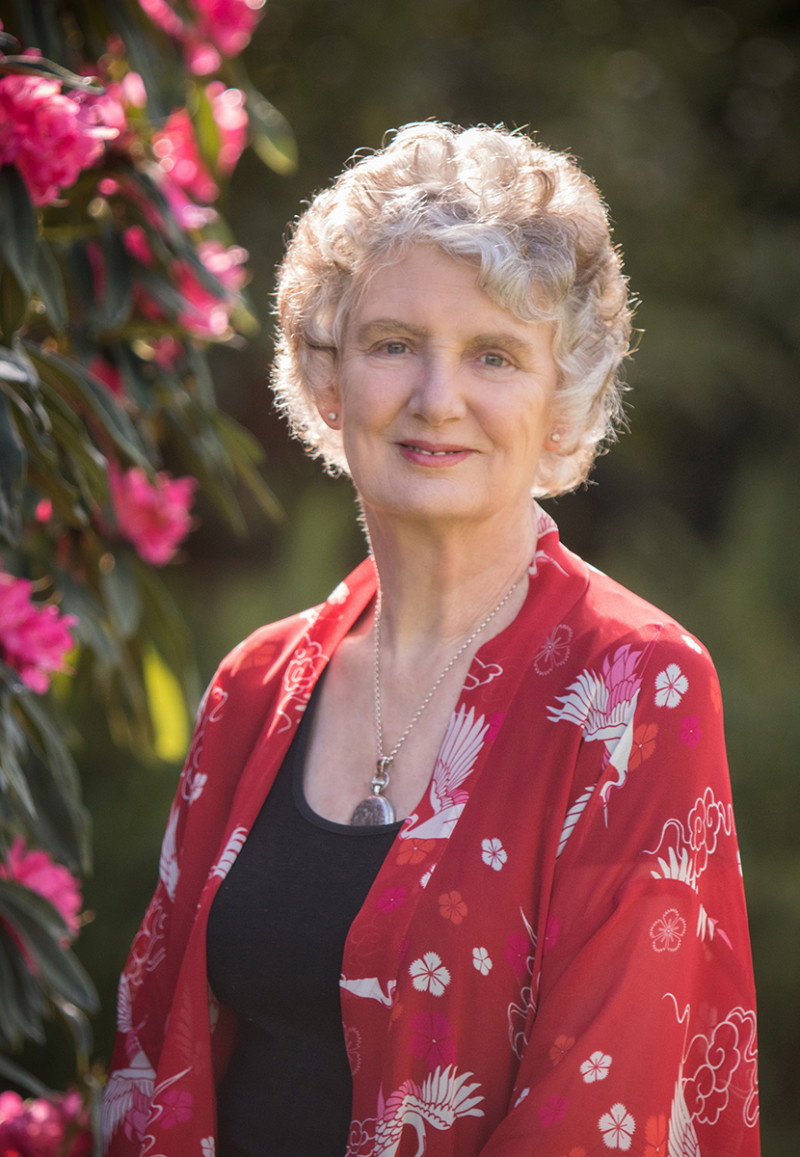
Photo by Bob Tulloch
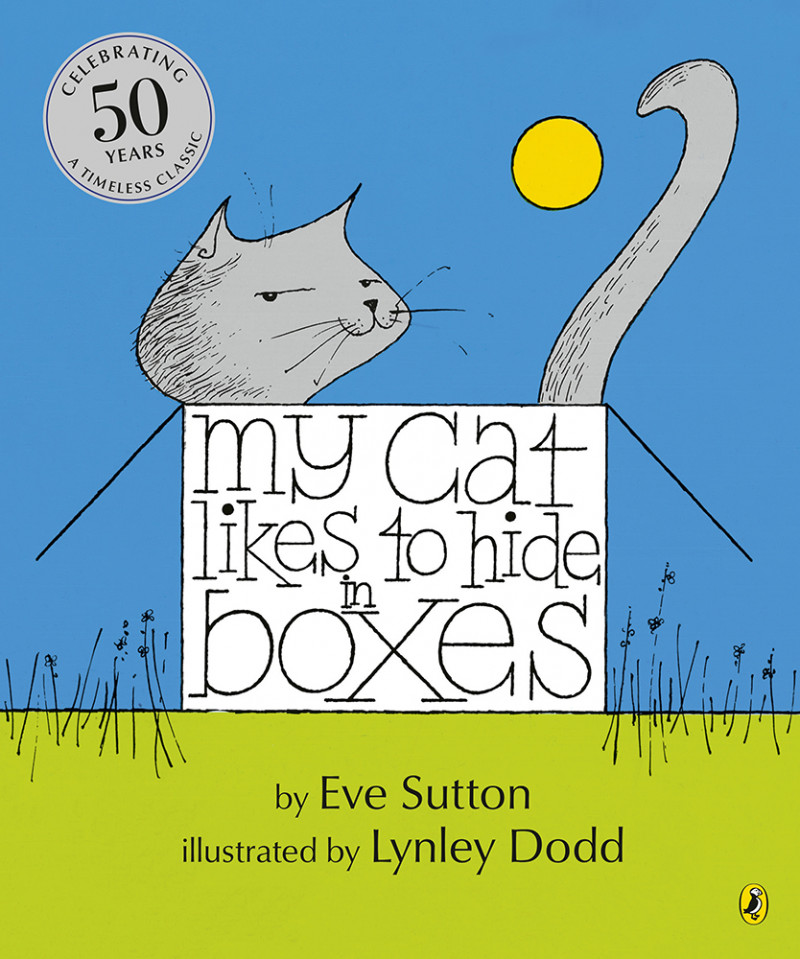
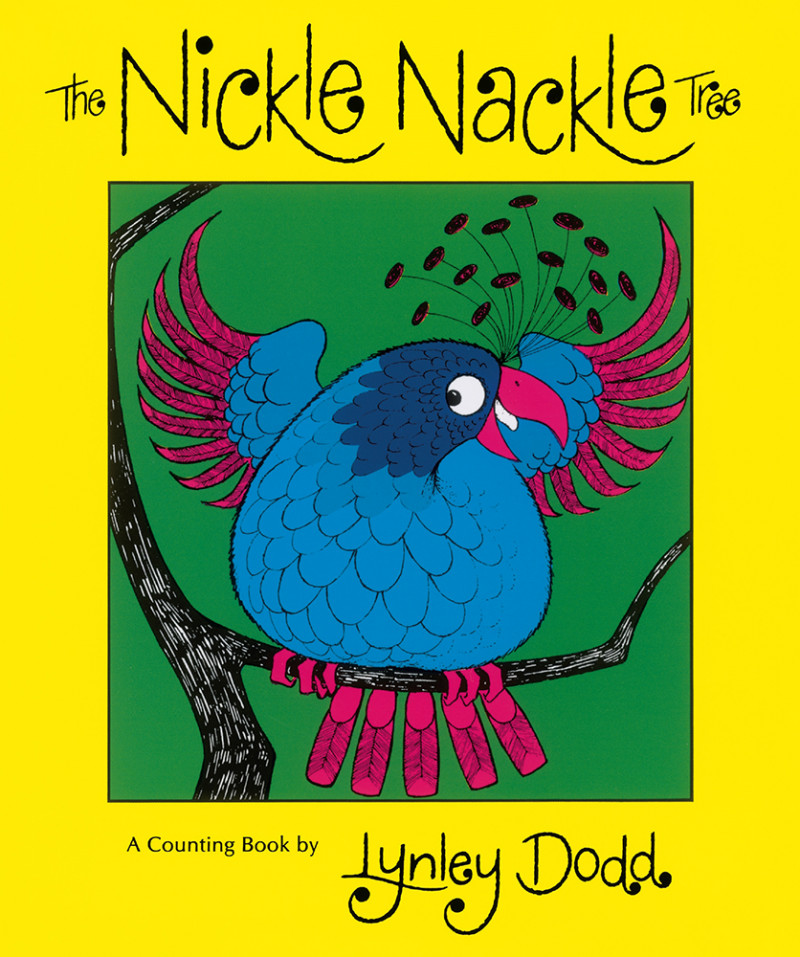
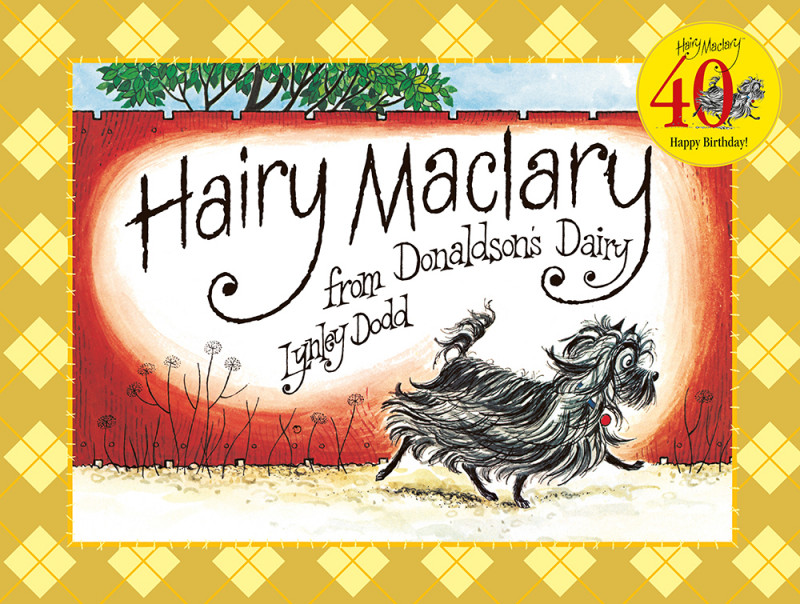
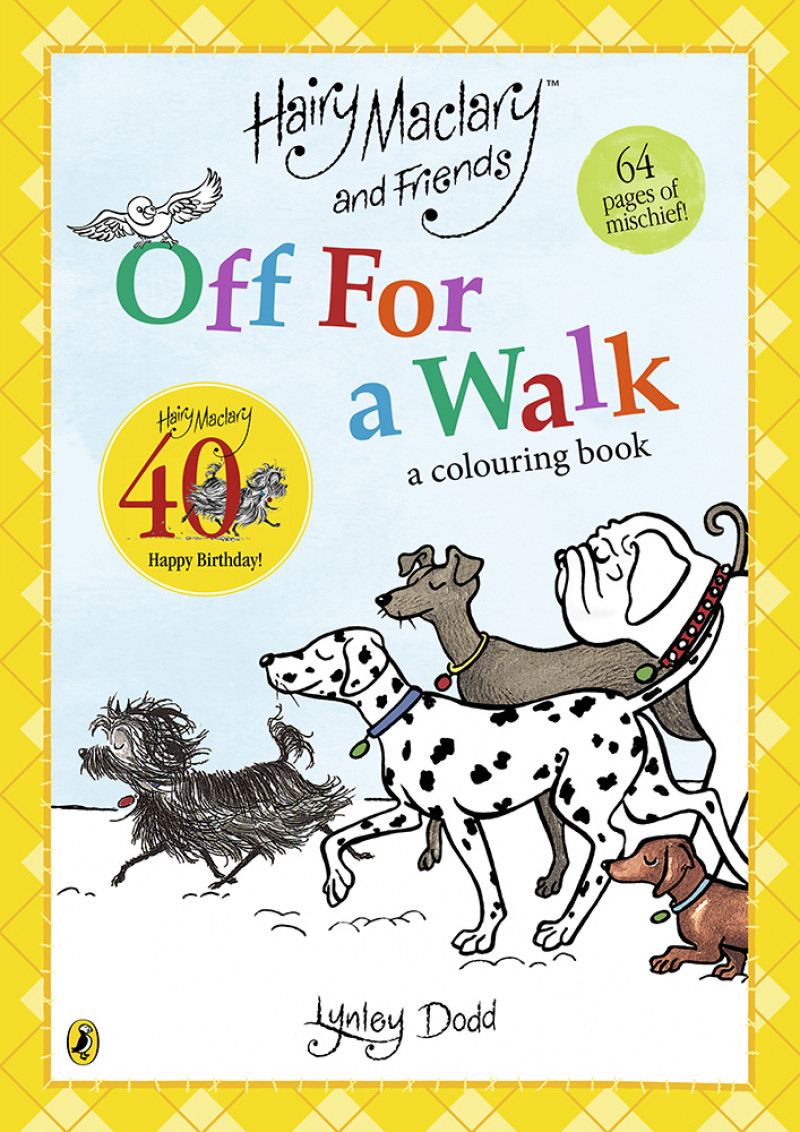
Meet Lynley Dodd and Friends by Madelaine Empson
Dame Lynley Dodd is a New Zealand children’s author and illustrator known the world over for her beloved series Hairy Maclary and Friends. Born in Rotorua, she studied at the Elam School of Fine Arts at the University of Auckland and went on to teach art at Queen Margaret College in Thorndon, taking on a few freelance illustrating assignments that would set the wheels in motion for a prolific career in children’s literature.
For a special opportunity to meet Dodd in person, she is scheduled to appear at Featherston Booktown in The Joy of Writing at Kiwi Hall on the 14th of May. She has heard great things about the literary festival and is looking forward to bouncing ideas back and forth with her fellow authors – Reneé, Gavin Bishop, and Joy Cowley in conversation with Peter Biggs – as well as meeting the people who have read and cherished her books over the past 50 years.
How was literature entwined through your upbringing?
Right from the very beginning really! I was an only child living in a forest service settlement with very few children around. Books were a huge thing for me from the time I was very little.
Do you remember the first book you read that had a real impact on you?
Yes, I’ve got it still.
The original copy?
The original copy! And my husband very kindly went off and looked online once and found a second copy of it, which was extraordinary. Books in the 1940s, which of course is when I was born, were all terribly serious and old fashioned and what-not. Because of the cost of things, they weren’t brightly illustrated like they are these days. The little picture book I had was a dear story about a rehomed dog named Chappie, who was a shaggy little terrier – perhaps the forerunner of Hairy Maclary! It really caught my fancy when I was little. It was the sort of book that my mother despaired of because she was constantly having to read it. And if she changed any words at all, I gave her what-for.
I bet! What led you to illustrating your first book, My Cat Likes to Hide in Boxes [1973]?
I got together with Eve Sutton, who was a cousin of my husband’s. We happened to meet up with my husband’s parents in England, having cucumber sandwiches and cheerios in the garden. Eve Sutton said, ‘I like writing, you like drawing. Why don’t we do a book together?’ It was probably about three years later (and by that time I’d had my first child and was at home not teaching anymore) that we got started.
How did it feel to hold the first copy in your hands?
The two of us were absolutely dilly with excitement really [laughs]. I can remember the day that she rang from Auckland to say that we’d had it accepted. I was about to hang the washing on the line and I nearly missed the steps on the way down, I was so excited.
The first book you wrote as well as illustrated was The Nickle Nackle Tree [1976]. Did the drawings of your storylines and characters turn out how you had envisioned on the page?
The Nickle Nackle Tree is a very simplified kind of illustrating. It was very popular at the time and also a sort of cost-cutting exercise with the publishers, I think. The style was really dictated to me, and I had to do colour overlays and all sorts of things like that, which certainly took some of the imagination out of the job [chuckles]. But in the end, it seemed to work out okay. For the first three books I had to work that kind of way, that was with Hamish Hamilton in Britain that I was being published by at that stage. It was only really when I began with a new publisher in New Zealand that I went back to doing the sort of illustration that I wanted to do. For The Smallest Turtle [1982] and The Apple Tree [1982], I was able to literally paint pictures.
And then came Hairy Maclary from Donaldson’s Dairy [1983]! How was he born?
He just popped into my head one day. I had been doing illustration work for the correspondence schools in the 70s, and I had to draw all sorts of things, from humans to towns, just everything. That was really why I was drawing things like dogs among other things. The scruffy little dog came into my mind partly too because I did a school reader for Price Milburn about the dog in the manger. My husband always insisted that’s where Hairy was born – even though he had floppy ears, he was a little black terrier. That is really how he evolved, and he sat in my ideas book as a sketch for quite some time – several years – and then I had to suddenly come up with a new idea [for a book] quickly. I went to my ideas book and people don’t believe me when I say this, but a little sketch of Hairy Maclary fell out when I was turning the pages. I thought, ‘Okay, I’ll do that one’.
How serendipitous! This might not be a fair question, but do you have a favourite character?
I’m a bit fond of Slinky Malinki because we really had a Slinky Malinki sort of cat at that stage who became quite well known because of the fact that he ended up in a book. So he and Hairy together… but I don’t really have favourites, I’m fond of them all in their own way.
What is it about writing and illustrating for children that you love?
Children absolutely adore learning new words and new ways of saying things, rhyme and rhythm, and so forth and so on. I’ve had such lovely feedback from children over the years who have been using my slightly more grownup words and know what they mean, and that is absolutely fantastic. I love introducing that sort of thing into their books. It just becomes enriching, which not only enriches the child but also me when I get the feedback.
What would you say to any aspiring writer or illustrator who has an idea for a book?
Never to be satisfied with second best. That’s the motto I go by. You’ve got to work and work and work and work at it, and be prepared to get rid of things if they don’t quite work. It’s a very well-known saying in the book world, be prepared to ‘kill your darlings’. Dr Suess I met once, and he said to me, ‘Never be satisfied with a good line’. That’s perfectly true. It’s really just a question of keeping at it, keeping fresh, and just enjoying it. If it gets to be a pain in the neck to do, it’s probably not something you should be doing.
It’s important to derive joy from what you do, and you’ve managed to pass that joy on to so many people – including me. So thank you!
Well, I’ve been around a long time Maddi [laughs]. It’s been a long career but a very satisfying one. I’ve learned a great deal over the years, of course as one does if one keeps at something. I wouldn’t change anything.
View more articles from:
« Issue 194, April 25, 2023

